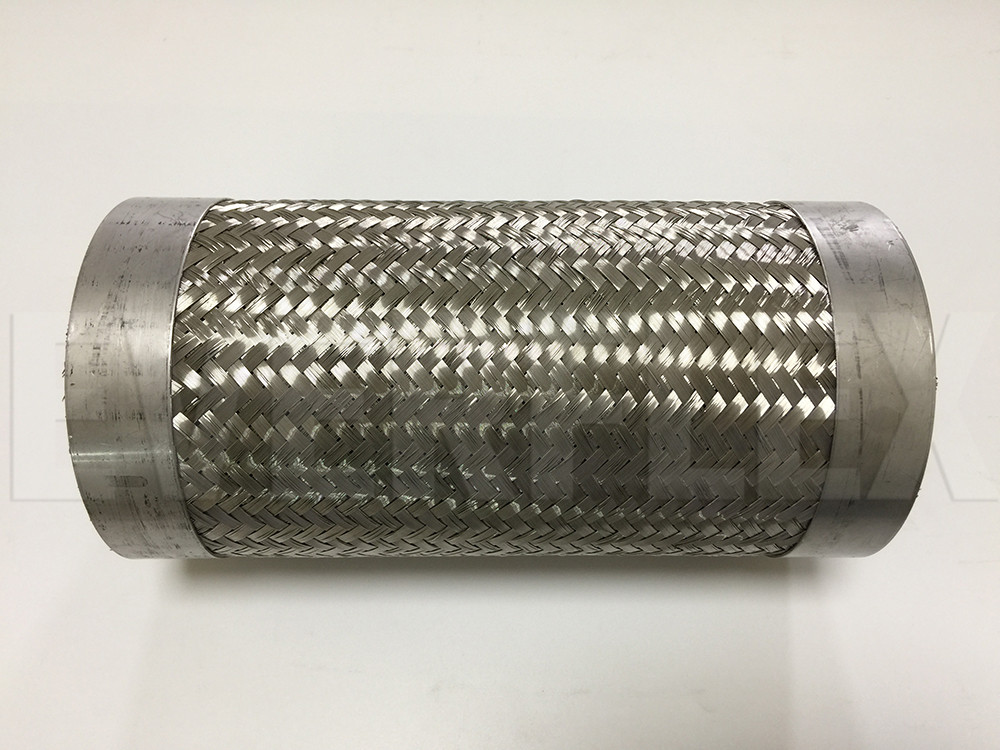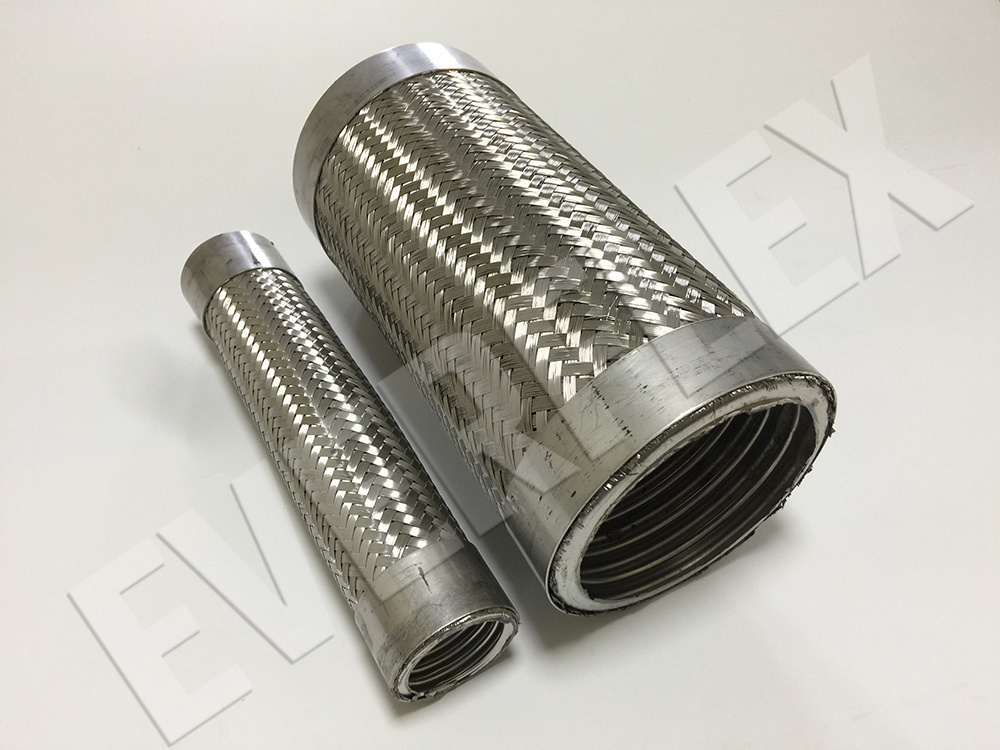After the construction of the steel storage tank is completed, foundation settlement observation must be carried out. After the settlement has stabilized, pipe installation can be carried out. Despite this, the foundation of the storage tank may continue to sink after it is put into use. And it will also deform due to temperature changes and earthquake factors. Relative displacement occurs between the storage tank and its connected pipelines. The storage tank, connected pipes, and even pipe supports will bear excessive force and moment. In severe cases, the tank may be damaged and oil leakage may occur. In order to reduce stress and avoid the above situation, the pipeline system must be sufficiently flexible. Metal hoses have good flexibility, fatigue resistance, high pressure resistance, high and low temperature resistance, etc. It can reduce the stress in the pipeline and reduce the thrust of the pipeline on the storage tank and support. This protects the tank.
Features of metal hoses
Axial displacement of metal hose after charging internal pressure
It refers to the displacement along the length of the hose. When the metal hose is filled with liquid and pressurized, axial thrust will be generated. As the pressure increases, the axial thrust increases. This causes the hose to stretch axially. When the hose net sleeve bites to a certain extent, the axial extension stops.
Metal hoses can compensate for lateral displacement of pipes
Lateral displacement is the displacement perpendicular to the direction of the hose. When the pipeline undergoes lateral displacement, the metal hose can undergo lateral displacement due to the action of lateral force due to its structural characteristics. Its displacement force is much smaller than the elastic force of ordinary steel pipes.
Resonance of metal hoses and tanks
The stiffness ratio and mass ratio of the storage tank and the main inlet and outlet pipes are quite different. If the basic natural frequencies of the two are the same or similar, resonance will occur under earthquake action. This will increase the damage to the storage tank. Therefore, the basic natural frequency of the metal hose should be 50% higher than the basic natural frequency of the storage tank. Generally, the basic natural frequency of metal hoses manufactured in strict accordance with production standards and specifications is higher than 10 Hz. When the basic natural frequency of the tank is lower than or equal to 7 Hz, the resonance effect of the tank and the metal hose does not need to be considered.







